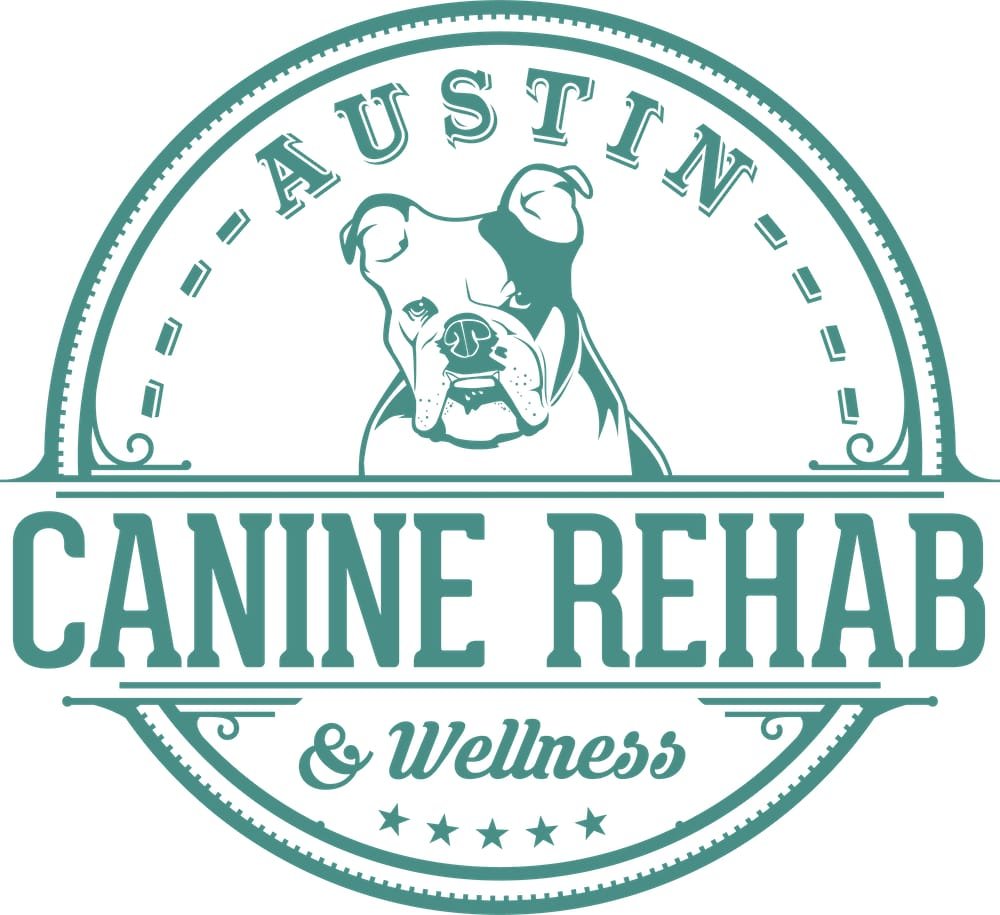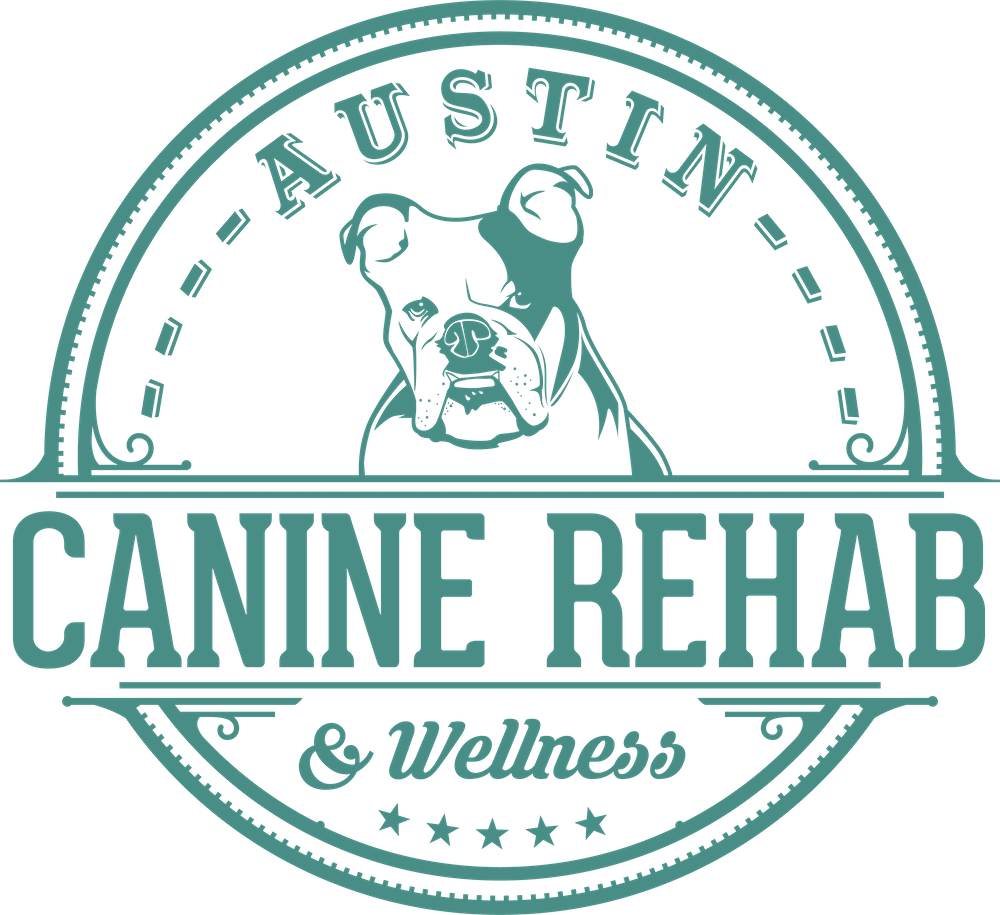Hip Dysplasia In Dogs
Hip Dysplasia
Have you noticed your pup not being able to get up as easily from laying down? Do they seem stiff in the hips or seem to be losing muscle mass? Or maybe they don’t want to participate in activities they once enjoyed doing with you? Canine hip dysplasia may be to blame.
Hip dysplasia or HD is defined by the lack of coverage of the femoral head (upper thigh bone) into the socket (part of the pelvis). This often results in abnormal changes to the soft tissues and musculature of the back legs as they struggle to stabilize the joint without the proper support from the boney structures mentioned above. Canine hip dysplasia may start out with mild symptoms at a young age that aren’t noticeable until middle age or later.
Which Dogs get Hip Dysplasia?
Hip dysplasia is an inherited condition and remains at a very high prevalence in certain dog breeds, especially large breeds although small dogs are certainly not exempt.
Newfoundlands, Rottweilers, German Shepherds, Bulldogs, Saint Bernards, Neapolitan Mastiffs, Pugs and Retrievers are known for a high rate of HD even with concerted efforts to eliminate this orthopedic condition through selective breeding.
Genetics is not the only factor however, with reproductive status, age, weight, conformation and diet all playing a potential role in a dog’s development of hip dysplasia. Research has shown that dogs who are spayed or neutered too early in life are more likely to be affected as well. An increase in age and weight is also associated with the development and diagnosis of hip dysplasia/arthritis.
Diagnosis of Hip Dysplasia
Dogs often receive the diagnosis of hip dysplasia during two different periods of life.
As a puppy or young dog (4 months to 3-4 years old)
As an adult or senior dog (greater than 7 years old)
Puppies and young dogs who show signs of decreased activity, reluctance to jump up/down, avoid stairs, exhibit a bunny-hopping gait, have underdeveloped back legs with a narrow stance, and pain with mobilization of the hip joint may have hip dysplasia.
Older dogs with hip dysplasia present slightly differently because by this time, osteoarthritis has begun to develop and has started to affect the dog’s mobility. You may notice intermittent lameness that is worse after rest or significant exercise, a reluctance to jump, back leg muscle atrophy, decreased hip extension and behavioral changes due to pain and discomfort.
Diagnostic Findings of HD
Your veterinarian will look at your dog’s history, take into consideration its breed and conformation, perform a thorough physical examination and use radiographic images to help confirm the diagnosis of hip dysplasia. All pieces of the puzzle must be taken into account.
If you have ever heard of the Ortolani Sign, it is a special test performed on very young dogs that checks for the laxity of the hip joint and whether or not the femur is able to be luxated (popped out of socket). This is often best done under sedation to ensure the dog is fully relaxed and experiences less discomfort during testing. A positive finding is correlated with the development of arthritis as young as 2 years old.
Radiological Imaging
Two types of imaging procedures are common… the OFA and PennHip.
Orthopedic Foundation for Animals (OFA) screening method includes radiographic images to assess for hip joint conformation and osteoarthritic changes. These can only be performed on dogs of 2 years or older and are not as reliable when compared to the PennHip.
PennHip can be performed in dogs as young as 4-6 months old, making it a much earlier indicator of hip laxity and the future development of osteoarthritis. PennHip testing gives you an objective measurement that correlates with the likelihood of developing arthritis compared with other dogs of the same breed.
Hip Dysplasia Treatment
Conservative Management
Conservative management or non-surgical management of hip dysplasia and the subsequent arthritis that develops, includes a variety of approaches:
Modification of activity - lower impact forms of exercise, use of ramps, shorter more frequent walks
Obtain and maintain a lean weight to alleviate forces going through the hip joint
Rehabilitation to improve mobility, muscle strength, and manual therapy for pain management
PEMF, Acupuncture and Extracorporeal Shockwave Therapy (ESWT)
Omega-3 fatty acid supplementation
Surgical Management
Young Dogs
There are two main procedures for young dogs to reduce the the risk of progression of hip dysplasia but each come with their own pros and cons. Juvenile Pubic Symphysiodesis (JPS) is for dogs with mild to moderate hip laxity and should be performed before the dog reaches 4 months of age. PennHip is often a guiding factor for deciding if a dog is a good candidate for JPS. The other option is a Triple or Double Pelvic Osteotomy (TPO or DPO) which involves a series of cuts and the placement of a plate and screws with the purpose of creating a deeper socket for the femoral head to rest in. TPO/DPO are performed in dogs less than 5-8 months of age that have shown no signs of lameness. The development of osteoarthritis later in life remains with both JPS and TPO/DPO but especially with those dogs who already have damage to the joint.
Older Dogs
Total Hip Replacements (THR) are commonly used to treat dogs experiencing lameness caused by arthritic changes and those who are not responding well to medical/conservative management (pain relief medications, rehab, etc.). Femoral head and neck ostectomy (FHO) procedures are used when the head and neck are too worn so the head and neck of the femur are removed thus eliminating the bone-on-bone contact causing a lot of the dog’s pain. FHO relies on the body’s development of scar tissue and muscle to stabilize the joint and support the bodyweight of the dog. Rehabilitation is imperative in ensuring a higher level of function for these dogs following their recovery period.
Next Steps…
Whether your dog is young or old…
If you’d like to do surgery or avoid it…
Rehab is a great way to improve the strength and mobility of your dog while decreasing their pain now and in the future.


